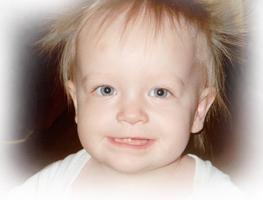 Baby Michael Anthony Matthews
Baby Michael Anthony Matthews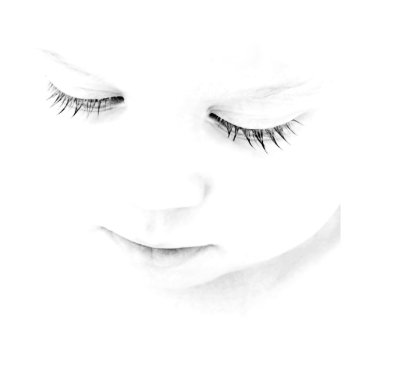
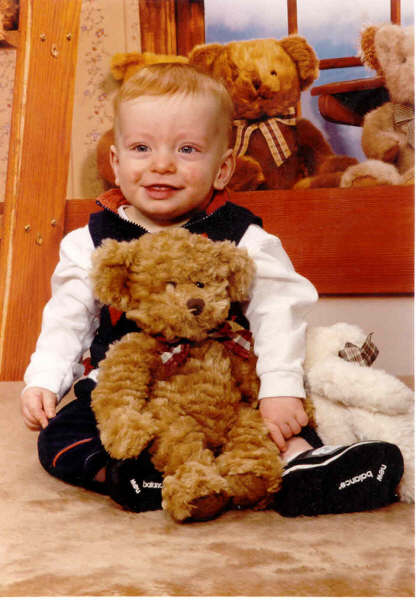
February 23, 2000 - May 19, 2001
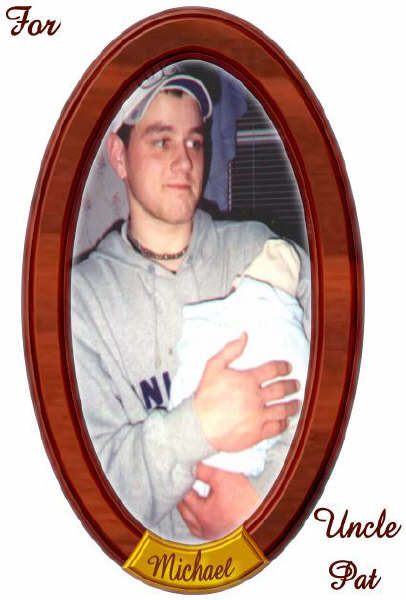

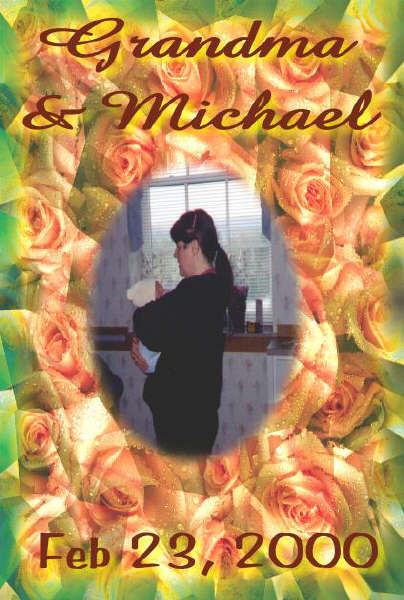
You can visit Michael's Memorial Site by going to http://baby-michael-anthony-matthews.memory-of.com
WINDOW CORD SAFTEY COUNCIL http://www.windowcoverings.org
|
Window Cord Safety | |
|

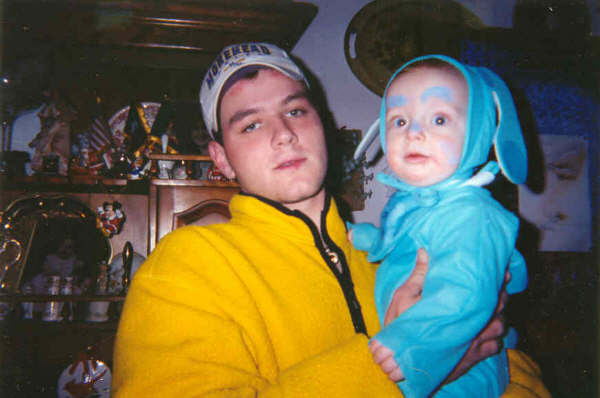
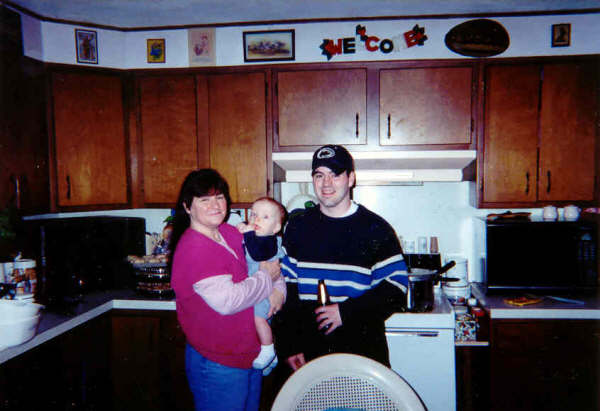

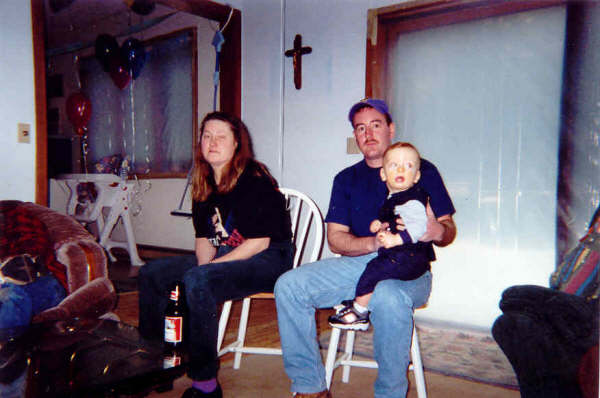
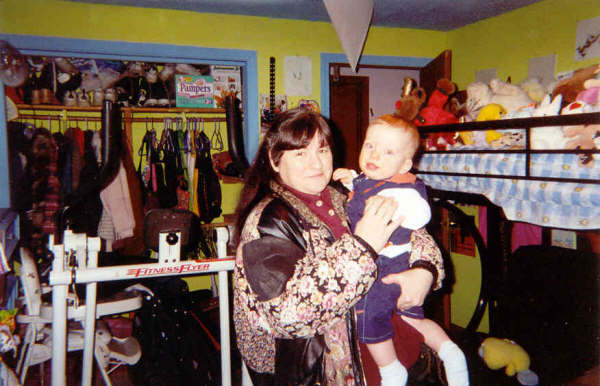
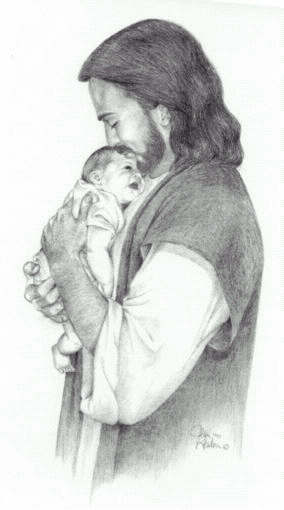

 We were so happy when you came to live with us on February 23, 2000, Little Mike. It was a day of joy for us. Uncle Jim and Grandma watched you come into the world -- you were beautiful, and such a treasure to us. The doctor said, "It's a girl!" And Uncle Jim said, "Hgh, I really don't know much about medical stuff, but I think it's a boy...." And sure enough, there you were, our little boy treasure to love and hold, if only for awhile....... WE LOVE YOU SO MUCH!!!!!
We were so happy when you came to live with us on February 23, 2000, Little Mike. It was a day of joy for us. Uncle Jim and Grandma watched you come into the world -- you were beautiful, and such a treasure to us. The doctor said, "It's a girl!" And Uncle Jim said, "Hgh, I really don't know much about medical stuff, but I think it's a boy...." And sure enough, there you were, our little boy treasure to love and hold, if only for awhile....... WE LOVE YOU SO MUCH!!!!!
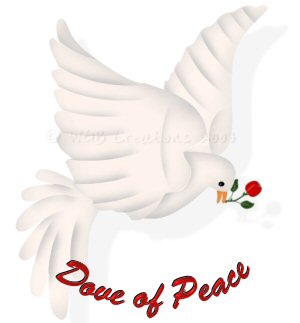 May we find some kind of peace in our lives -- we miss you so much. We know you are with Jesus, looking down on us, and loving us still -- yet, we miss you so much......
May we find some kind of peace in our lives -- we miss you so much. We know you are with Jesus, looking down on us, and loving us still -- yet, we miss you so much......
We await the time until we are with you again -- may we do and accomplish all the things in life that would make you proud of us. You live on in our hearts and always will until we are united again.....

|
The expression of grief varies considerably among different cultural groups. Yet there are stages of grief that occur whenever there is a loss. Shock: experiences of shortness of breath, tightness in the throat, a need to sigh, muscular limpness, and loss of appetite occur in the first hours after a loss is experienced. As the shock abates, the physical symptoms lose their intensity and we begin to absorb reality. If there is a persistent wish during grief, it is that the loss could be reversed. Denial: allows the slow assimilation of the loss. At first the thought is that the report must be wrong. There is often the feeling that a mistake has been made or that the person will walk through the door any minute. As time passes and preparation for change or for the funeral begins, reality is faced. Bargaining and self-blame: requires a greater level of acknowledgment that the loss has occurred, but resistance lingers to the extent that we attempt to make deals to reverse fate. There is a litany of "I should have's," such as, "I should have paid more attention, said something positive, been more patient." Anger and anxiety: are emotional signals that our psychological equilibrium is out of sync. A loss stirs feelings of rejection and powerlessness that lead to feeling anxious. In the first hours or days, feeling restless and unable to sleep is common. Anger at the loss, the one who is gone, the people who made the decision, all are normal reactions to loss. Anger often causes the most consternation as it is an emotion with which many are uncomfortable. Anger is a healthy indication that we are beginning to accept the facts. Acceptance: occurs with time. The realization sets in that the situation is not going to be the same as before, or that the person is not going to return and there is nothing that could have been done to change the outcome. There will be moments when a return to any or all of the stages occurs, yet accepting the loss allows us to move forward in the grief process. |
|
No two people are alike, therefore no two people will experience grief the same way. Each grief experience has unique features or dimensions. Certain dimensions are hightened and intensified in each grieving experience.
The first part of grief is shock. It is real and yet at the same time seems not real. When grief hits the mind goes into shock The mind although will protect us from going crazy. Sometimes we feel as if we are in a whirl, thousands of questions fly through our minds, but they are there and gone before we can get the answers. Listening and concentrating become almost impossible. Sometimes we ask questions and have another in mind before the first one is answered. With only brief glimpses of reality the thought that we will no longer see our loved one again flashes by, but does not stay long. We cry, but it does not seem real. Things will settle and eventually some of our questions can be answered before we ask another. The reality of this will not fly by, it will come and land on our chest like an enormous weight.
THERE IS NO SCHEDULE FOR YOUR GRIEF. Do not let anyone schedule your grief for you, you'll get there in your own time. No one can tell you how to do your grief work. There are no experts. You are the expert in your grief. Let it flow as you are ready.
About all the questions, it won't hurt if they go unanswered, and many questions will not have an answer. The hurt will not go away by having all the questions answered. The lack of answers did not cause the hurt and the presence of answers will not make the hurt stop. It is ok to ask questions, it is normal to ask them. Some examples are: Will I survive? Will I ever be well again? When will the pain go away? When will it stop getting worse? Will I be able to stand the pain? Am I going crazy? How can I ever enjoy life again? Will I ever be able to laugh again? What things will change, or remain the same now? Why? Why? Why? These and others are very normal questions asked or wondered by the grieving person.
People can try to put a time limit on grief. Some say two years, some one, some less. Give yourself time to walk through the whole process. Do not think that you are a weak person or you lack faith if it takes a long time. Getting permission from others is difficult, giving it to ourselves is even harder. Don't let anyone "it is time" you. Don't "it is time " yourself. How long?? As long as it takes.....
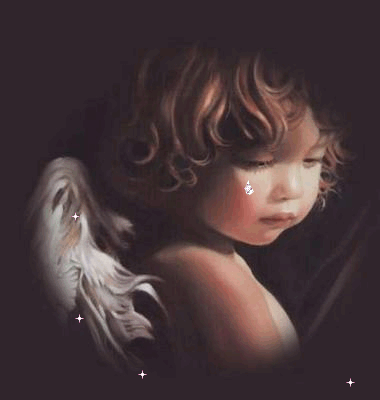
Baby Michael Anthony Matthews
February 23, 2000 - May 19, 2001
We will always love you, Baby Mike
Grandma and Grandpa McGee and All Your Family
Cheyenne Rose Kaiser
May 25th, 2001 - June 12th, 2002

|
Born: July 01,2000 She Died: July 01, 20000 |
|
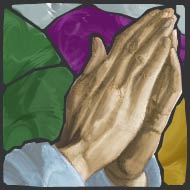


Create a beautiful memorial site for your loved one!!
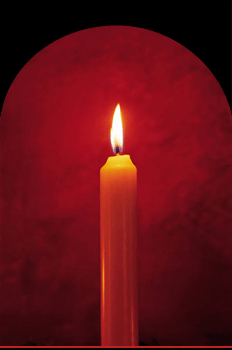
MEMORY OF . com
http://www.memory-of.com/Public/Default.aspx
Web Page: OUR PRECIOUS ANGEL ~ BABY MICHAEL ANTHONY MATTHEWS At: 'Women of Ministry / Women of Faith' INTERNATIIOAL
|

Rev. Lin McGee Pastor.Lin.McGee@gmail.com
111 Marshall St. Winsted, CT 06098 Phone 860-379-1298
Please visit me on my other websites:
Precious Stars www.PreciousStars.com
Faith and Life Ministries www.FaithandLifeMinistriesInternational.com
On the websites of those I am affiliated with:
Patriot Guard Riders www.PatriotGuard.org
Connecticut Patriot Guard Riders www.ctpatriotguard.org
Missing In America Project www.MIAP.us
VA Voluntary Service http://www.volunteer.va.gov/
Military Ministry http://www.militaryministry.org/
Christian Military Fellowship http://cmf.com/
Post #296 VFW Ladies Auxiliary www.vfwpost296ladiesaux.com
Marine Corps League Auxiliary http://mcldeptct.org/pages/mcl_ct_auxiliary.html
American Soldier Memorial Project http://groups.yahoo.com/group/AmericanSoldierMemorial
No Soldier Left Behind Memorial http://groups.yahoo.com/group/NoSoldierLeftBehindMemorial/
JESUS My Lord and Savior Church www.JesusMyLordandSaviorChurch.com
Men Walking With God www.MenWalkingWithGod.com/

Copyright © 2000 All Rights Reserved To The Present Date
†

